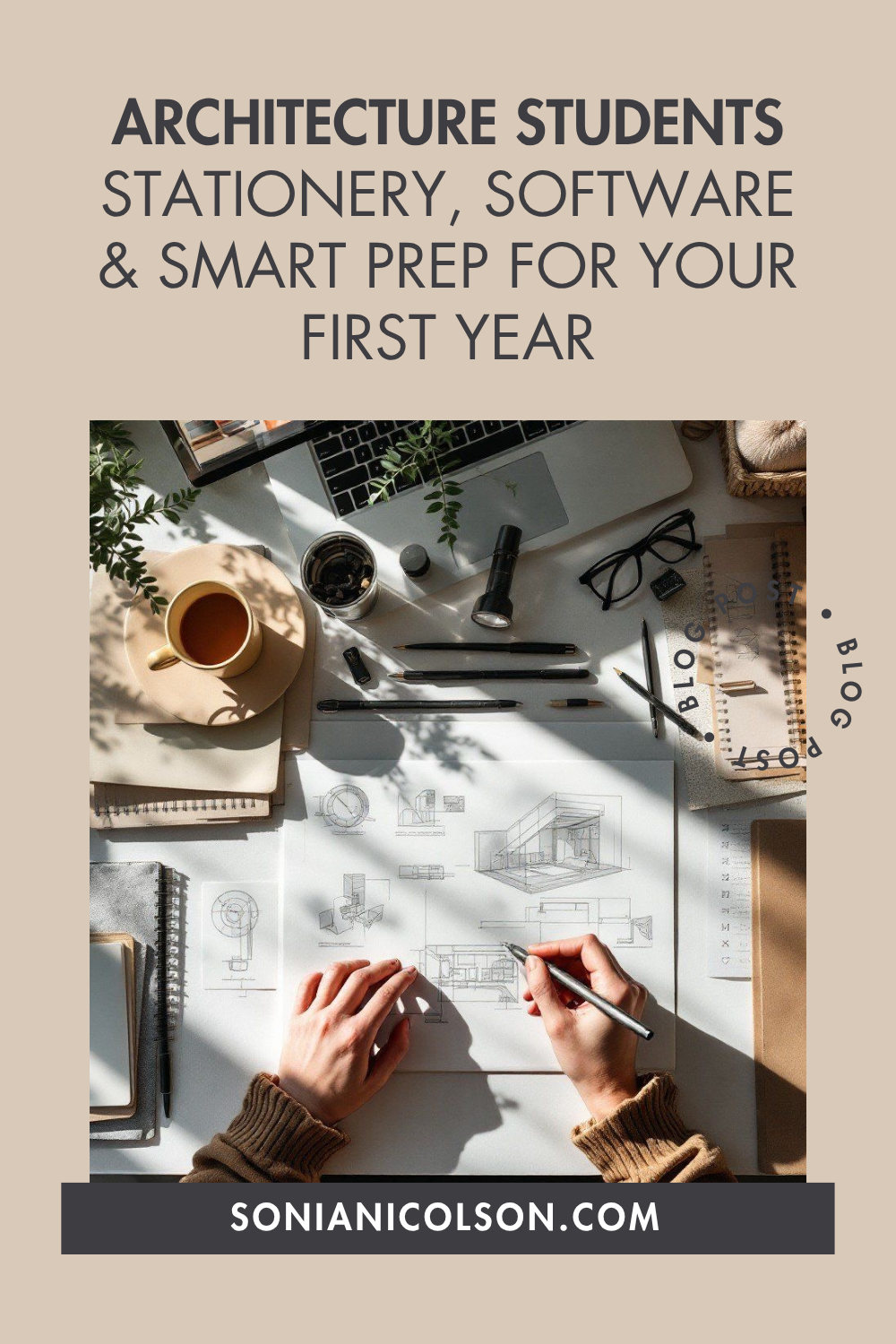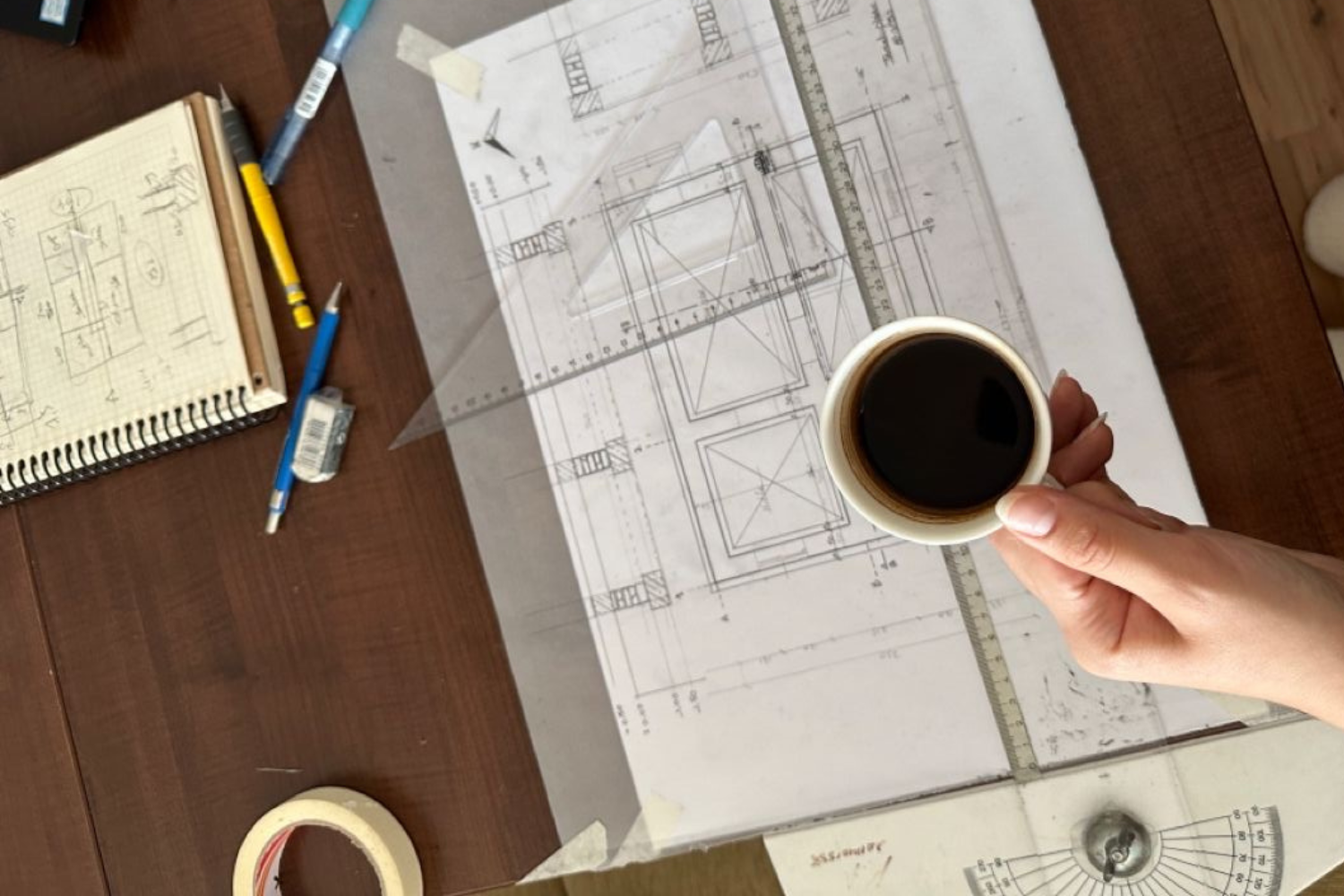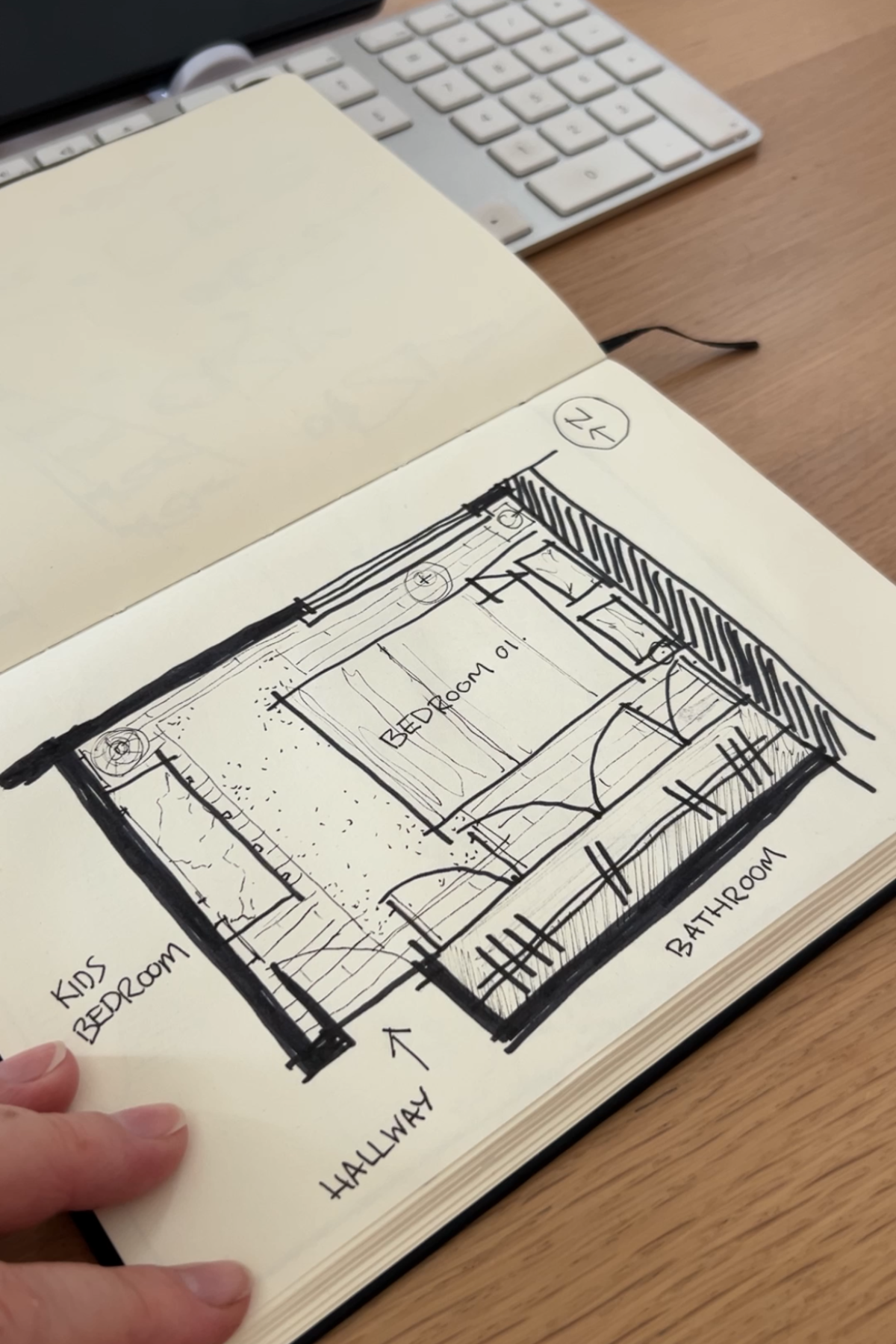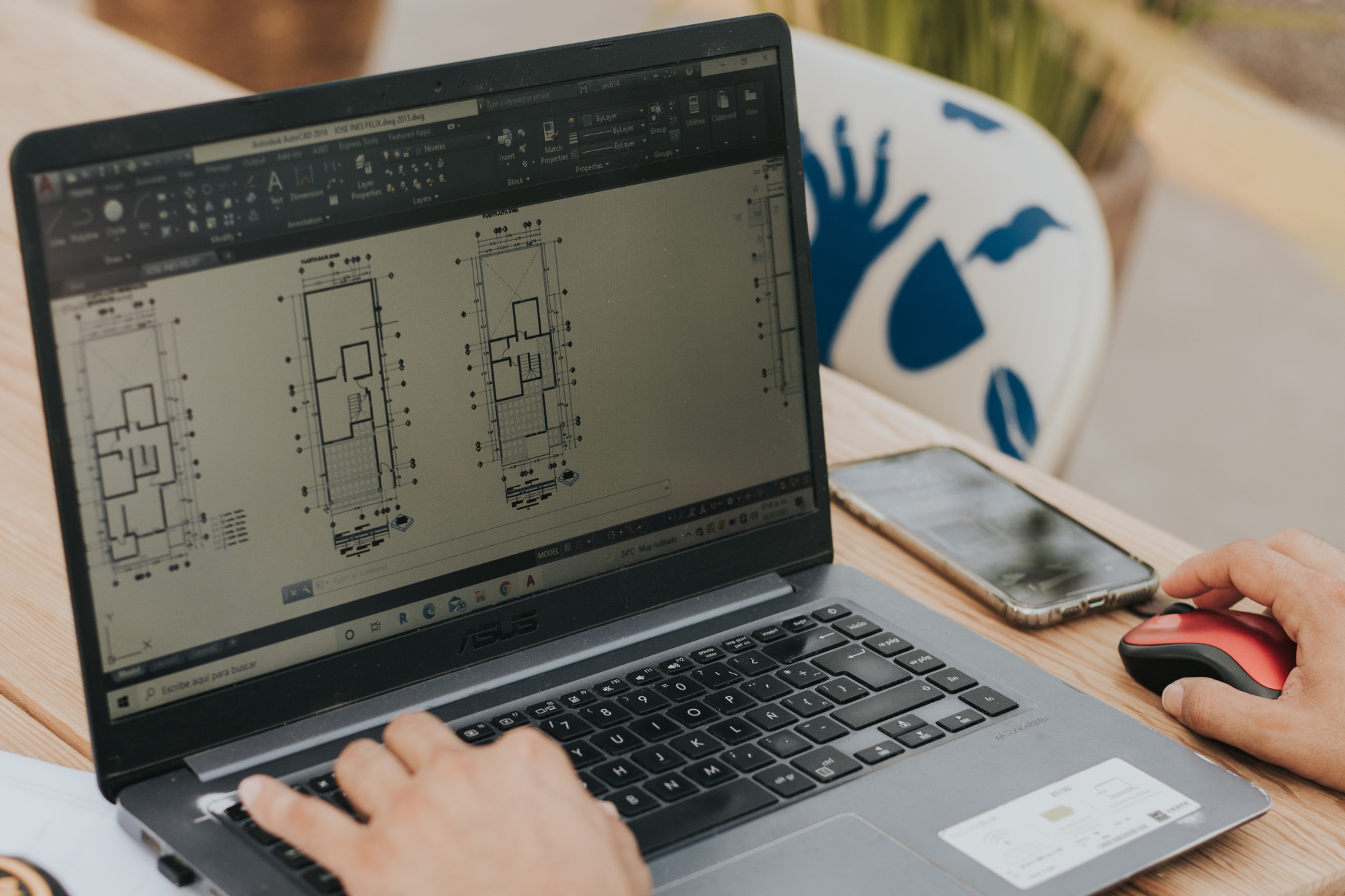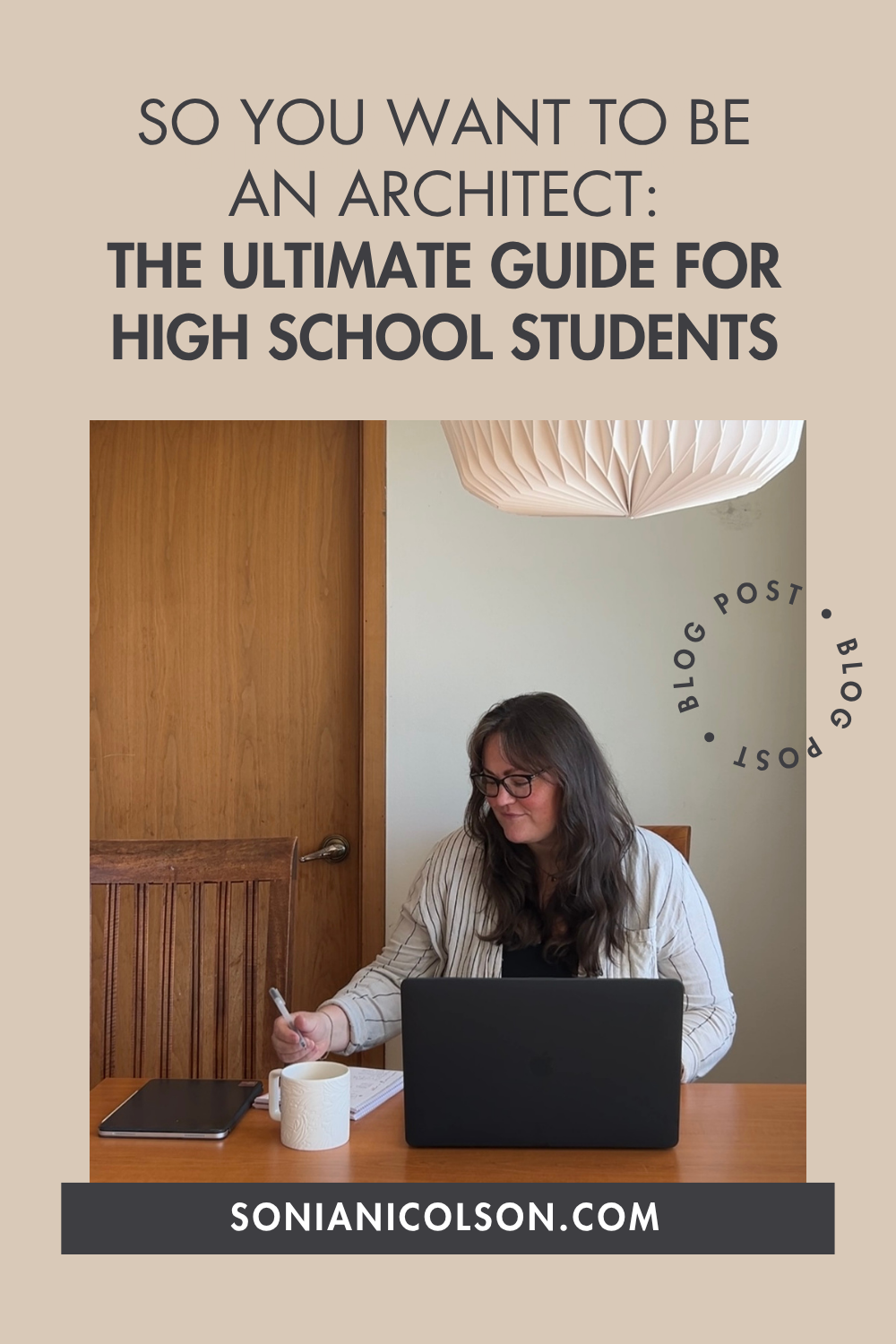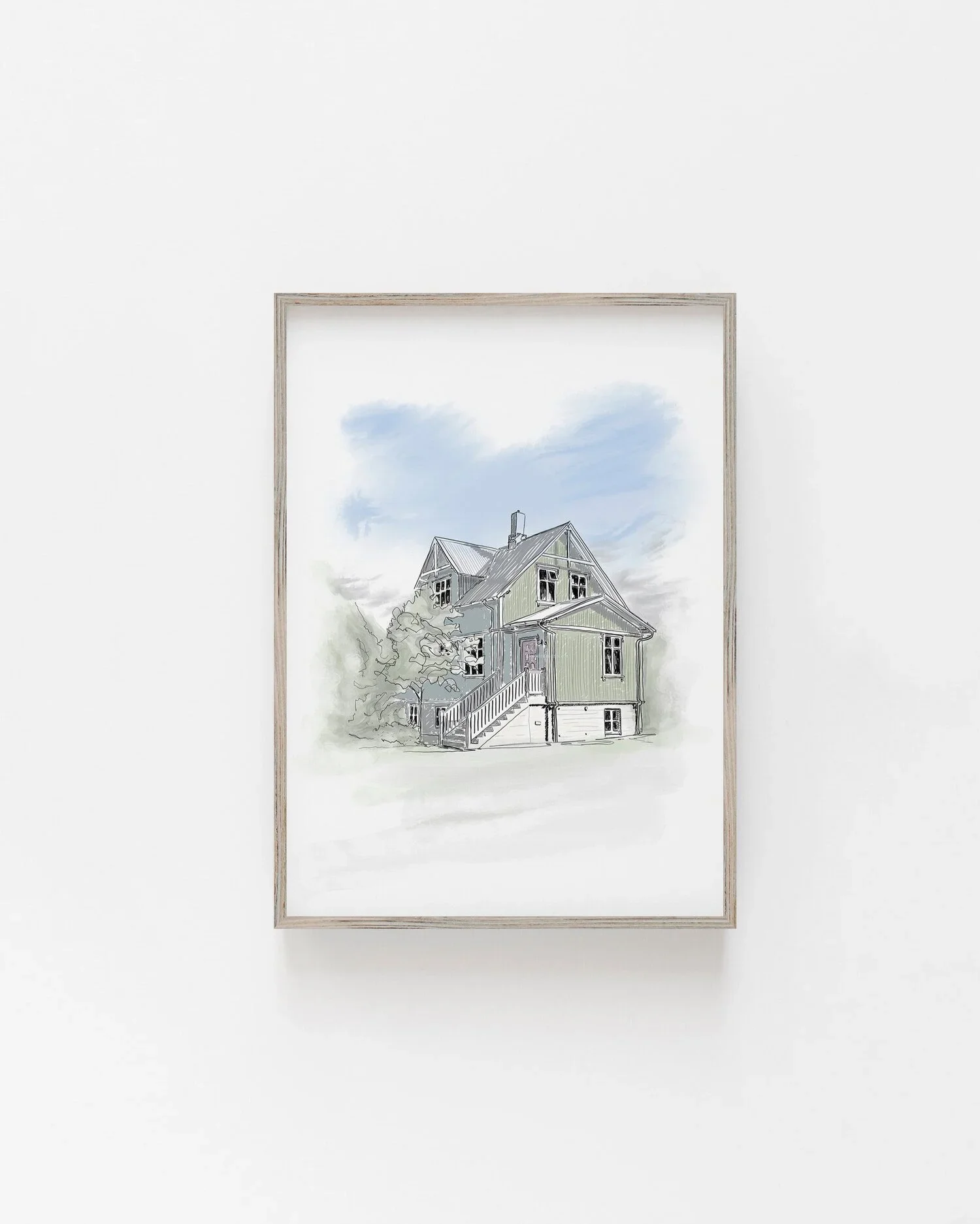Architecture Students: Stationery, Software & Smart Prep for Your First Year
/Congratulations. You’ve accepted your place at University, College, or Art School…now what? That mix of excitement (and slight panic) is completely normal. You’re about to begin one of the most creative, challenging, and rewarding journeys of your life: studying architecture or design.
As both an Architect and a former University Lecturer, I’ve seen hundreds of students start this journey, and I know how overwhelming that first checklist can feel. So in this post, I’ll help you get prepared with the essential stationery, software, and mindset you’ll need for a confident start to your architecture degree.
Getting Prepared for Architecture School
You will likely receive a list of recommended books and supplies from your university or college, but it can be easy to go overboard. Art and design students tend to love stationery already (trust me, I’ve seen your pencil cases), so before you spend a fortune, here’s what is worth investing in, and what can wait.
“Architecture school is a marathon, not a sprint. Buy what you need, when you need it, and don’t be afraid to get creative with your tools.”
WATCH THE VIDEO
Student Expenses & Budgeting Wisely
Becoming a university student comes with plenty of new expenses from tuition fees, rent, travel, materials, printing, food, and all those coffees.
Start by writing a simple budget breakdown:
Tuition & supplies
Rent & bills
Food & travel
Printing, materials, and model-making costs
Social events, trips, and emergencies
If you’re moving out, start building a “student essentials box” with basics like pots, pans, towels, bedding, and mugs - charity shops and Facebook Marketplace are your best friends here.
Pro Tip: Keep a small monthly fund for printing, model materials, and study trips. These often catch students off guard in Term 2 or 3.
Making Money While Studying
Many design students work part-time, freelance, or take on small creative jobs while studying. Balancing coursework with paid work can be challenging, but it’s also a great opportunity to gain experience and confidence.
Check your university’s “Job Shop” or careers office for on-campus roles.
Look out for shop, café, or gallery jobs that offer flexible weekend shifts.
If you’re creatively inclined, try freelance illustration or design gigs - they can double as portfolio pieces later.
“Your early jobs don’t define your career - they build your resilience, confidence, and network.”
Materials, Budget & DIY Tips
Design courses can be expensive, but there are smart ways to save:
Reuse materials where possible, present on both sides of the mount board.
Make your own sketchbooks using scrap paper or old cartridge sheets.
Store leftover cardboard sheets for future model projects.
Keep an “offcuts” box - you’ll be surprised how often it saves a late-night model crisis.
Pro Tip: Buy materials gradually. You won’t need everything at once, invest as you go.
Architecture Student Stationery Checklist
Every architecture or design student needs a solid toolkit. Keep your essentials in a small toolbox or durable case so you can grab and go for studio days.
“You don’t need fancy tools to make great work. You just need tools that help you think, experiment, and create.”
Drawing & Drafting
Technical drawing pens (0.3, 0.5, 0.7)
Mechanical pencils & leads
Eraser and putty rubber
Metal ruler & architectural scale ruler
Adjustable set square or triangle
Circle and square templates
Compass
Model-Making & Craft
Cutting mat (A3 or larger)
Craft knife or surgical scalpel + spare blades
Scissors
Glue (PVA, UHU, spray mount, Pritt Stick)
Tape (masking, double-sided, Scotch)
Paper & Presentation
A4/A3 tracing paper or roll
Cheap greaseproof paper (a brilliant tracing hack)
Notepad and Post-it notes
A1 portfolio case + A3 folders for safe storage
Optional at home: A parallel motion or T-square drawing board and large cutting mat - perfect for home projects.
Tech Setup: Mac or PC?
Ah, yes, the age-old debate. While studying and working as an architect, I used a PC for many years because it supported the software I needed most. These days, I love my Mac and do a lot of creative work on my iPad Pro too.
Here’s what matters more than brand: Choose what fits your workflow and budget.
Most architecture courses don’t require you to buy your own laptop right away, but having one can make life easier. Universities usually have computers available, but working from your own space gives you more flexibility (and freedom for all-nighters).
Pro Tip: Tablets like an iPad or Microsoft Surface are perfect lightweight options for sketching, note-taking, and working between classes.
Design Software for Architecture Students
If you’re planning to use your own computer, you’ll need design software. Most offer free or discounted student licenses. Many schools introduce software gradually, and you might not touch CAD until Term 2 or 3.
Recommended Software:
Autodesk: AutoCAD, Revit, 3D Studio Max
Adobe: Photoshop, Illustrator, InDesign
SketchUp: For quick 3D models and visuals
Always wait for guidance from your tutor before downloading everything at once.
Smart Student Habits That Make a Difference
Back up your work regularly - external hard drive or cloud storage
Keep all drawings dated - it shows progression
Build a digital and physical portfolio from Day 1
Stay organised - studio life gets messy, fast
Take breaks. Creativity thrives when you rest.
“Architecture school will teach you about design, but it will also teach you about yourself.”
Final Thoughts
Starting architecture school is exciting, chaotic, and deeply rewarding. Don’t worry about having everything perfect because no one does. Just focus on showing up, staying curious, and building your creative confidence. You’ll learn what works best for you along the way, and that’s exactly how it’s meant to be.
Want More Support Before You Start?
Free Resources to Get You Started
Write Like an Architect Workbook - learn architectural lettering
Perspective Practice Sheets - master 1- and 2-point perspective
Mood Board Canva Template - create design presentations with confidence
And if you want expert feedback on your portfolio, check out my Portfolio Confidence Review™. It’s perfect for students preparing to apply to or start architecture school.
Follow @sonianicolson for more tips on thriving in architecture school.



